REACH FOR THE SKY
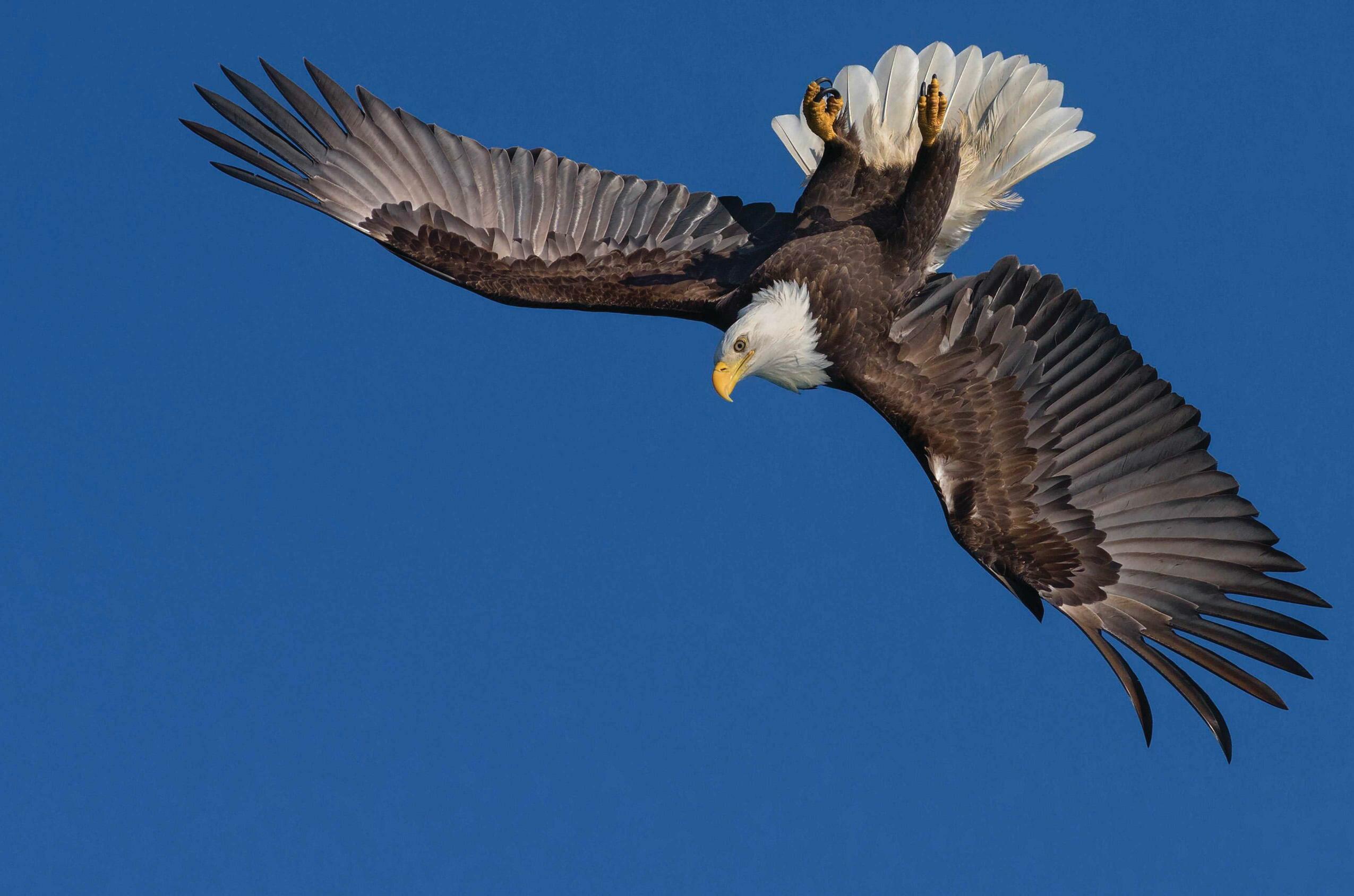
SAILING THROUGH THE AIR WITH ITS COLOSSAL, 2m wings outstretched, white head and yellow beak contrasting with its dark body, there’s no mistaking one of North America’s most iconic birds: the bald eagle.
The USA’s national bird has had a rollercoaster ride. Many people are familiar with the species’ astounding recovery following a small start, something but one chapter in this incredible success story usually flies under the radar. A young woman, alone in the woods, hand-feeding a vulnerable pair of eagle chicks.
Before she had embarked on her unusual role as eagle foster-mother, Tina Morris, a graduate from Cornell University, knew little about these birds. “I have to admit,” she recalls, “there were many times when I thought: ‘what on Earth am I doing here? How exactly am I going to manage this?’”
Her work was a vital intervention. Once abundant across the US, the bald eagle was nearly eradicated by the mid-1900s as a result of hunting, habitat destruction and, most significantly, the pesticide DDT, a cheap and effective chemical that had been widely used in agriculture and as a malaria control since the 1940s.
DDT was a disaster for bald eagles. It wasn’t toxic in itself, but the damage had already been done. The chemical lingers in the environment for many years, becoming increasingly concentrated as it travels up the food-chain. It washed into rivers and was absorbed by fish, which were then eaten by eagles and other birds of prey. The contamination had catastrophic consequences for the birds’ reproduction. When female laid her eggs, the chemical caused the shells to become so weak that they couldn’t withstand their parents’ weight, becoming crushed during incubation.
Esta historia es de la edición February 2025 de BBC Wildlife.
Comience su prueba gratuita de Magzter GOLD de 7 días para acceder a miles de historias premium seleccionadas y a más de 9,000 revistas y periódicos.
Ya eres suscriptor ? Conectar
Esta historia es de la edición February 2025 de BBC Wildlife.
Comience su prueba gratuita de Magzter GOLD de 7 días para acceder a miles de historias premium seleccionadas y a más de 9,000 revistas y periódicos.
Ya eres suscriptor? Conectar
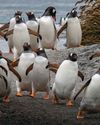
WALKING WITH PENGUINS
Mourning her late husband, photographer Ursula Clare Franklin needed a new direction. Soon she was travelling the world, on a quest to photograph her favourite animal, the penguin all 18 species of them
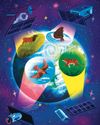
"Satellites and space tech play a huge role in protecting the natural world"
Far above our heads, space technology is supporting conservation in exciting and vital ways
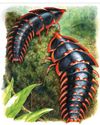
FOREVER YOUNG
The prehistoric-looking insect that never grows up
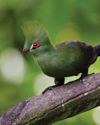
BIRDS THAT BREAK THE RULES
Discover the extraordinary birds that defy nature's norms
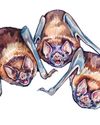
FEMALE OF THE SPECIES
Vampire bats make for blood-spewing besties
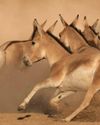
Onagers gallop back to Saudi Arabia
Rare subspecies fills the desert niche left by its extinct relative
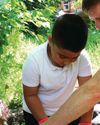
Front lines for nature
Inside the ambitious UK project rallying local communities to fight for wildlife
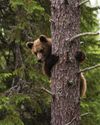
"Europe seems hellbent on creating the most hostile environment for bears possible"
WE EUROPEANS ARE INCAPABLE of living alongside predators.
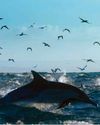
Airborne lifts off on Sky Nature
ACROSS THE PLANET, ANIMALS HAVE conquered the skies in ways we can only dream of.
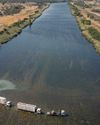
CROSS COUNTRY
Translocating elephants is no mean feat-but it's helping this iconic mammal to reclaim its historic lands
